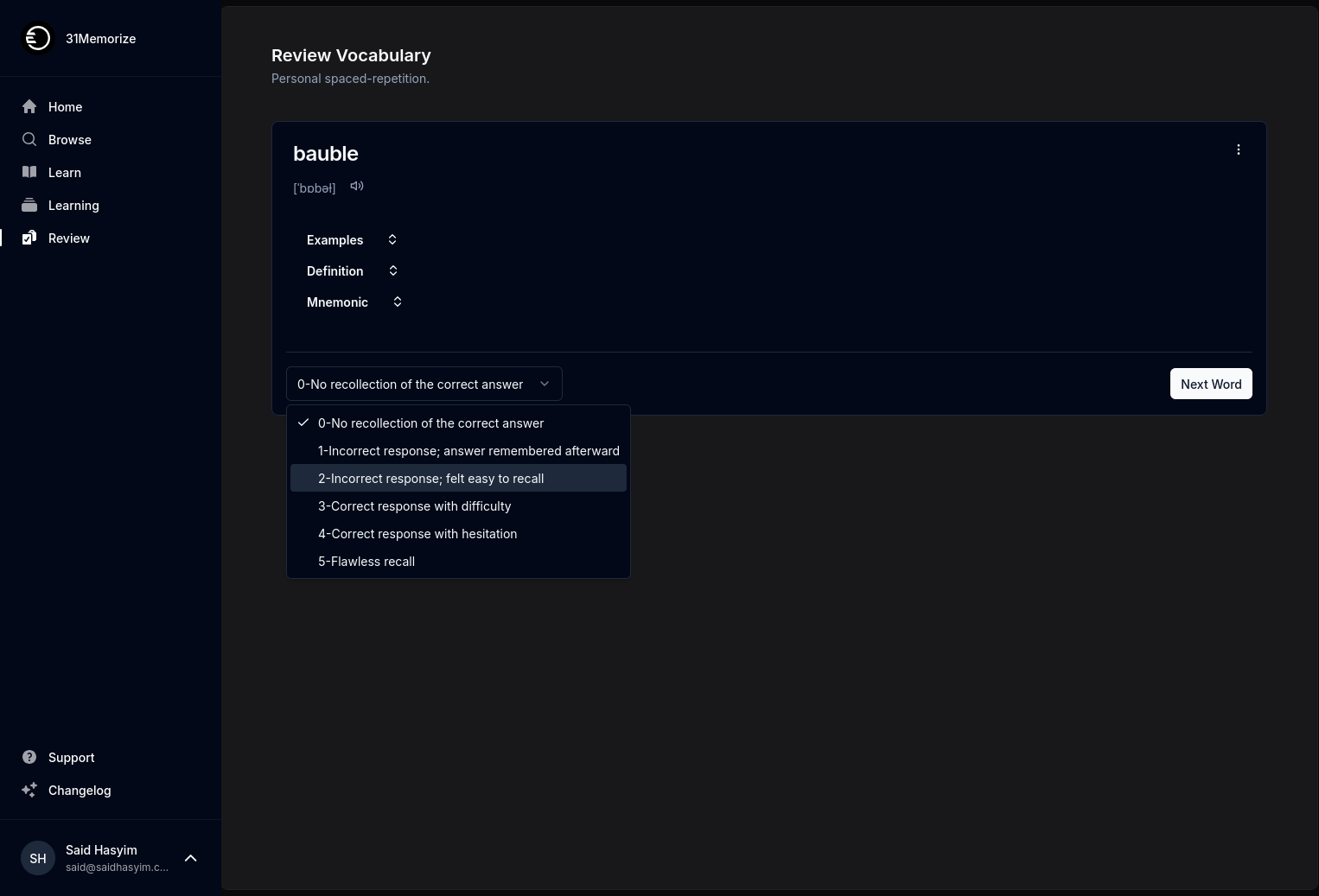How Ratings Influence Reader Purchases
In today’s digital age, the landscape of consumer behavior has changed dramatically with the rise of the internet and user-generated content. One of the most significant shifts has been in how readers make purchasing decisions—especially when it comes to books. Ratings, reviews, and star scores have taken on a pivotal role in helping readers navigate through the vast sea of literature available at their fingertips. This blog post will explore how ratings influence reader purchases, the psychology behind this phenomenon, and the implications for authors and publishers alike.
The Power of Ratings
In the age of information overload, readers often find themselves overwhelmed with choices. With millions of titles available across various genres, it can be challenging to determine which book is worth the investment of time and money. This is where ratings come into play.
Social Proof
At its core, ratings serve as a form of social proof. When potential buyers see that a book has a high rating or numerous positive reviews, it instills a sense of trust and credibility. According to the Elaboration Likelihood Model in psychology, people often seek shortcuts in their decision-making process, especially when they have little prior knowledge about a product. High ratings can act as a heuristic—an efficient rule of thumb that simplifies the decision-making process.
The Bandwagon Effect
The bandwagon effect is another psychological phenomenon that comes into play regarding ratings. Readers often opt for books that have already garnered attention or popularity. If a title has a substantial number of reviews and high ratings, it creates a perception that "everyone is reading this book." This can lead to a self-reinforcing cycle where the popularity of a book draws in even more readers, further boosting its ratings.
Reviews vs. Ratings: The Nuances
While ratings provide a quick snapshot of a book’s quality, written reviews offer a more nuanced perspective. Readers tend to look for both when considering a purchase.
Star Ratings
Star ratings often simplify complex opinions into an easily digestible format. A five-star rating screams "high quality," while a one-star rating can raise red flags. The sheer visual impact of a star rating captures attention immediately, often leading potential buyers to read the accompanying reviews for further insights.
Written Reviews
Written reviews add layers of understanding that raw ratings alone cannot convey. They give context to the ratings by explaining why the reviewer rated the book as they did. Specific feedback about writing style, character development, plot pacing, and emotional impact can resonate with readers who value these elements highly.
Moreover, readers can relate to personal anecdotes shared in reviews, making the recommendations feel more authentic. High-quality reviews from credible sources can sway decisions significantly, even more than the star rating itself.
The Timing of Reviews
The timing of when a book receives its reviews can also affect perceptions. Books that are continuously reviewed and rated, especially soon after release, often draw more attention. A steady influx of recent ratings signals that a book is not only popular but also currently relevant, prompting readers to make purchases.
Conversely, if a book has been out for a while and has not received recent ratings or reviews, potential buyers might question its quality or relevance. This reflects a broader societal trend where recency is valued, both online and offline.
The Reliability Factor
While higher ratings generally improve the likelihood of purchase, consumers are becoming increasingly discerning. As readers become savvier about potential biases—like paid reviews or marketing ploys—they seek transparency.
Verification Processes
Many platforms have started implementing verification processes to ensure that reviews come from genuine readers. Verified purchase badges can influence a reader’s trust in a rating and its accompanying reviews. This authenticity can tend to sway purchasing decisions, offering reassurance that the opinions are from legitimate sources.
Impact on Different Genres
Interestingly, the influence of ratings may vary across genres. For instance, in genres like fiction, where personal taste plays a considerable role, nuanced reviews can weigh heavily in the decision-making process. In contrast, readers of genres like self-help or business may prioritize ratings over written reviews due to a more utilitarian approach to their purchase.
Additionally, in genres catering to niche markets, the number of ratings and reviews might not be as high, but even a handful of positive reviews can significantly sway potential buyers. Personal resonance is key, making individual experiences shared in reviews especially impactful.
Implications for Authors and Publishers
Understanding the role of ratings in influencing reader purchases can have significant implications for authors and publishers. Here are a few actionable takeaways:
Encourage Honest Feedback
Encouraging readers to leave honest reviews after reading a book can help build credibility and improve ratings. However, it’s essential to do this transparently—soliciting reviews shouldn't turn into a practice of incentivizing positive responses.
Engage with Readers
Authors and publishers can enhance their visibility and cultivate a loyal reader base by engaging actively with their audience online. Responding to reviews, both positive and negative, fosters community and shows that the author values reader input.
Focus on Quality
Ultimately, high ratings stem from high-quality writing. Authors should prioritize storytelling, character development, and engaging prose to earn organic, favorable reviews over time.
Conclusion
In summary, ratings and reviews have drastically altered how readers approach buying books. They serve as guides in a crowded marketplace, offering social proof, validation, and deeper insights into a book's quality.
As the industry evolves, understanding the dynamics of ratings will become even more critical for authors and publishers trying to reach their target audiences. In an era where reader behavior is influenced more than ever by online sentiments, both the quantity and quality of ratings and reviews should not be underestimated in their role in driving book purchases.
So next time you browse an online bookstore, remember—those star ratings and written reviews carry a weight that could determine not just which book you choose, but the future success of that book in the vast marketplace of literature.
